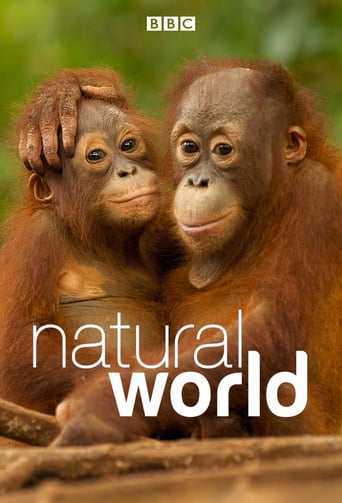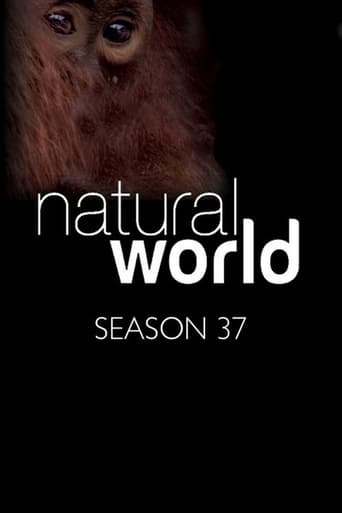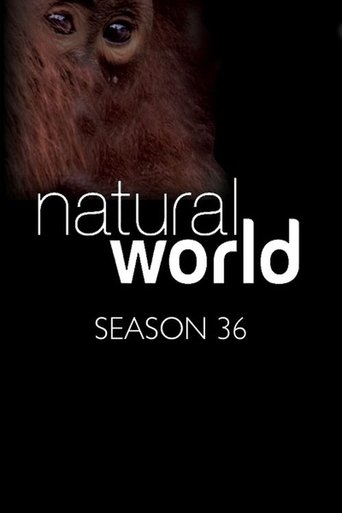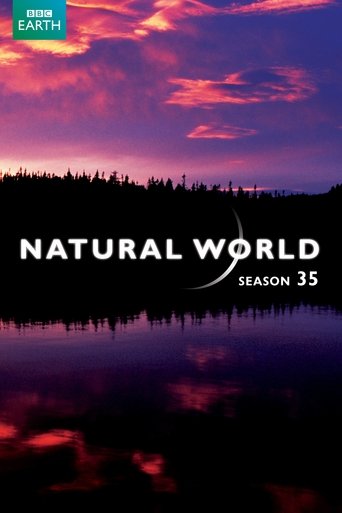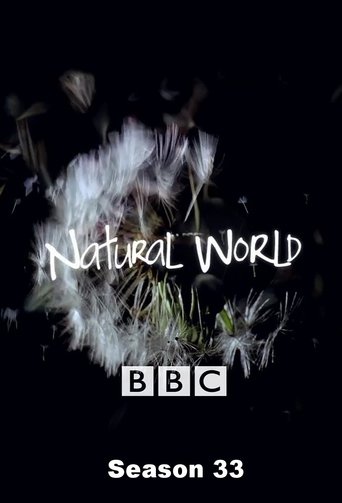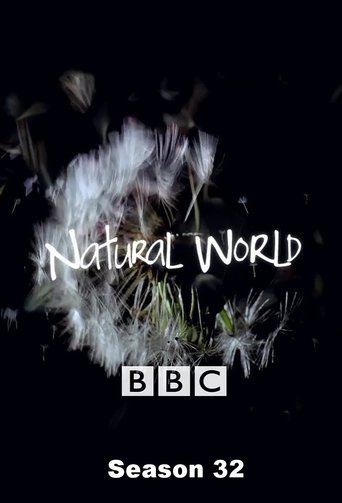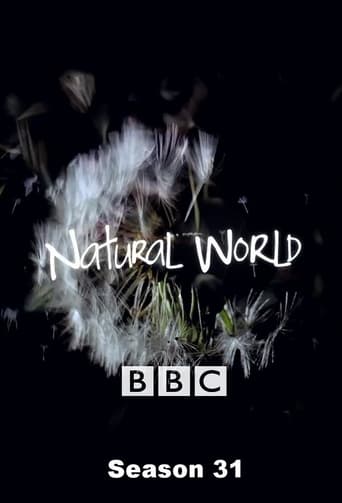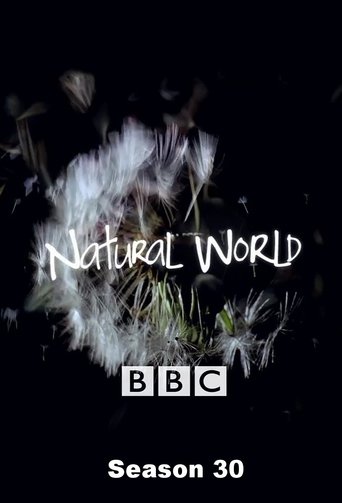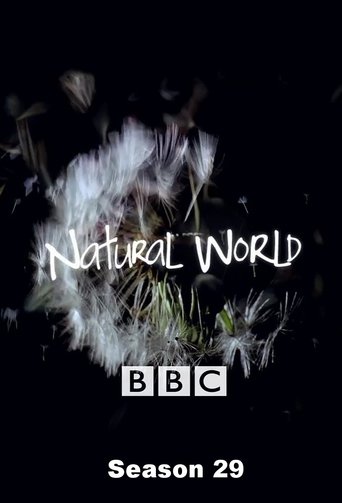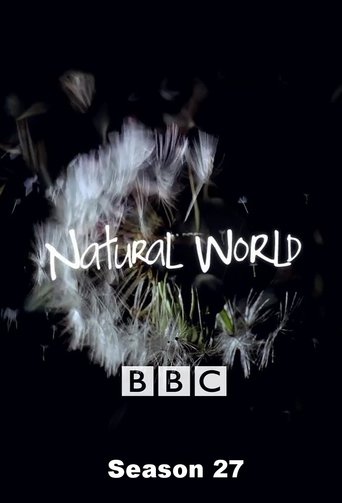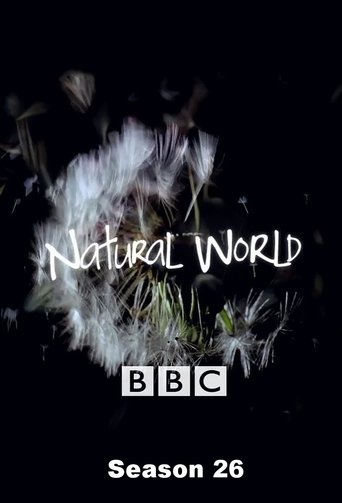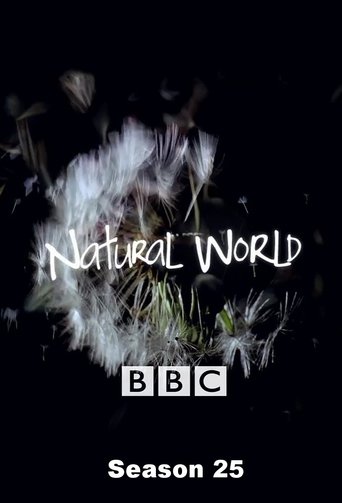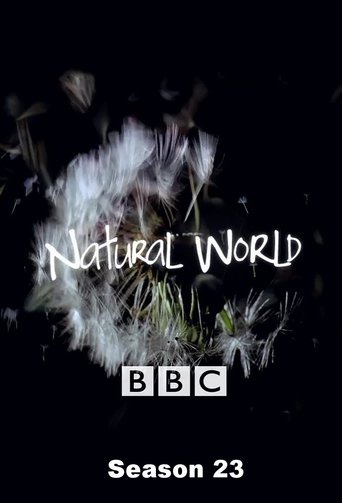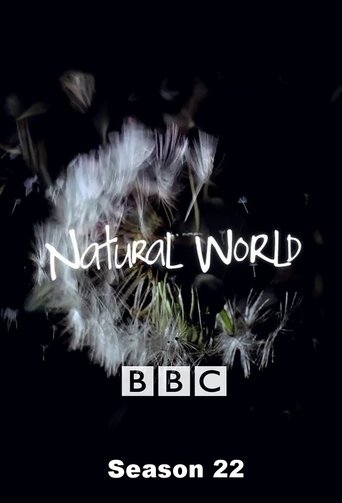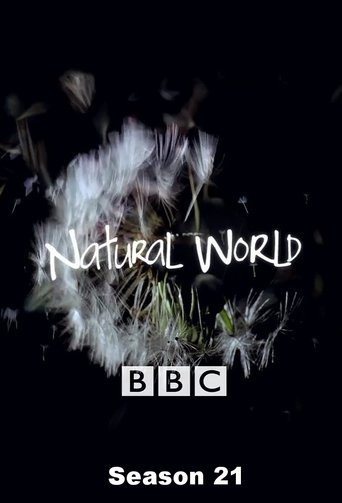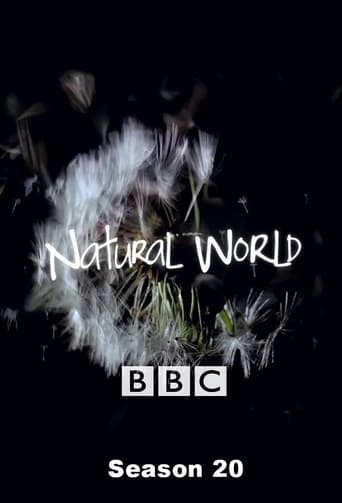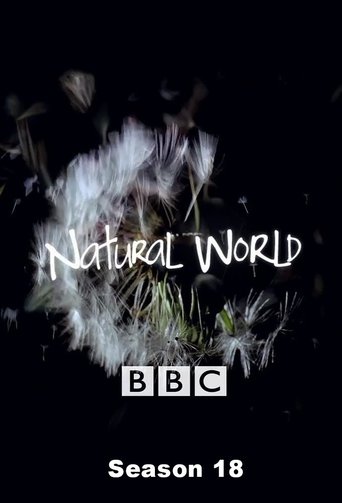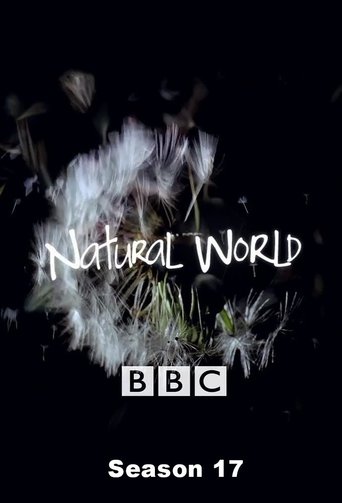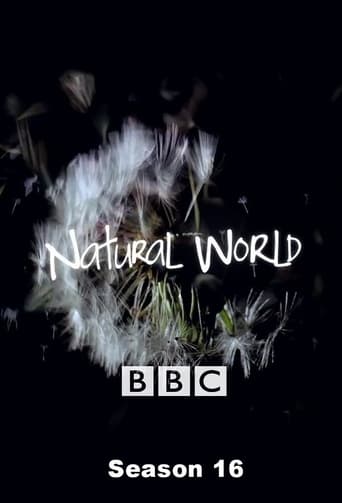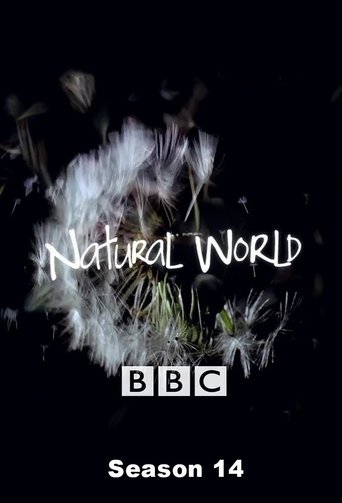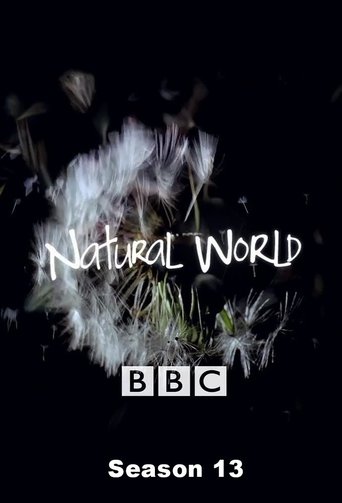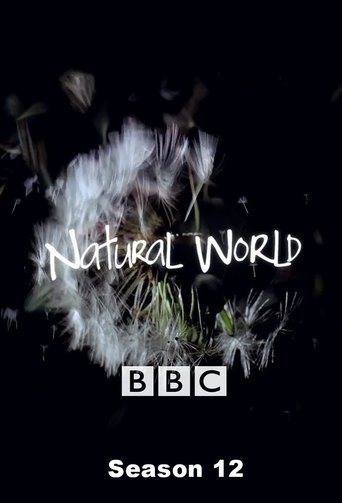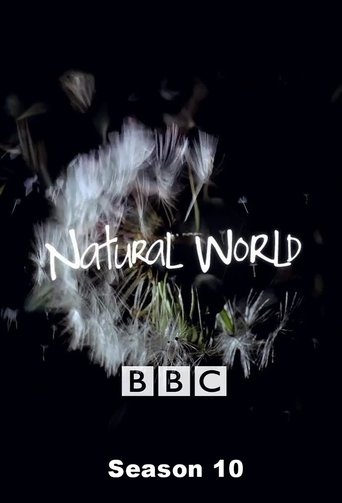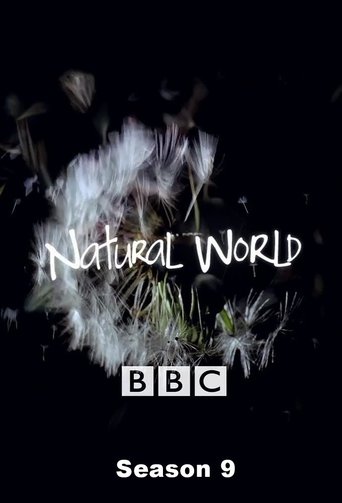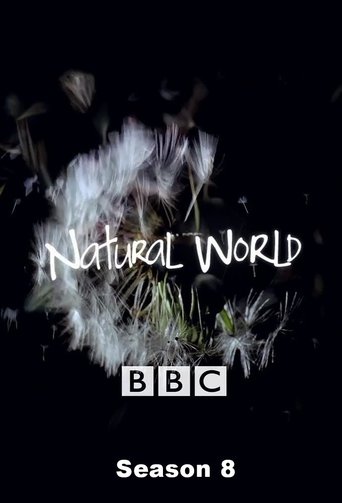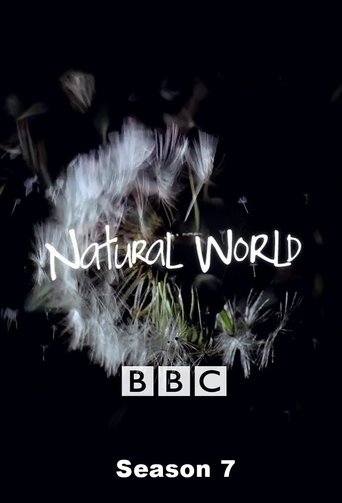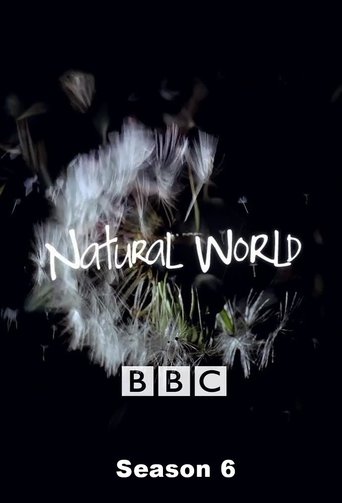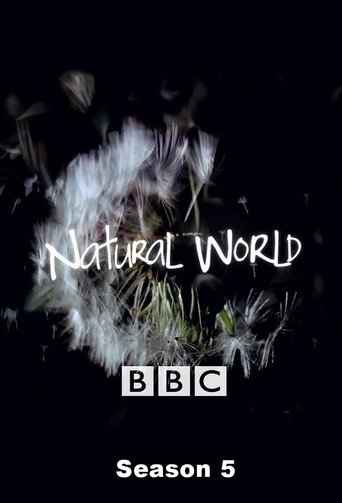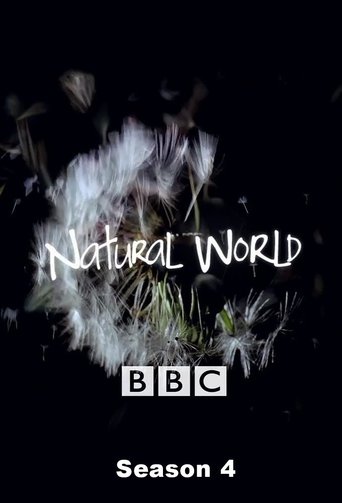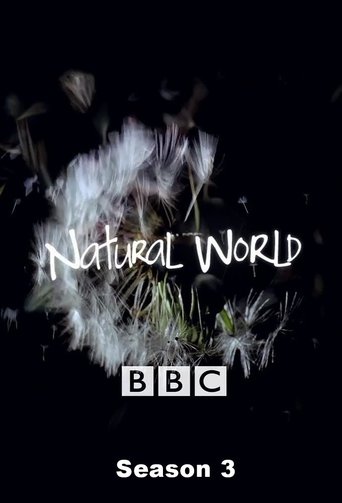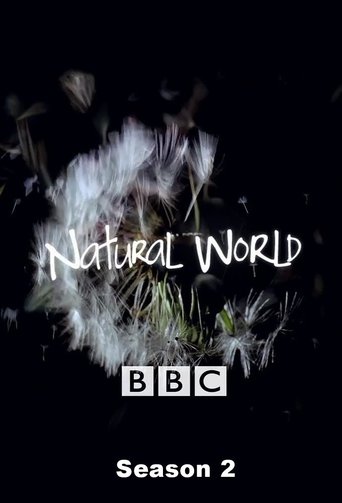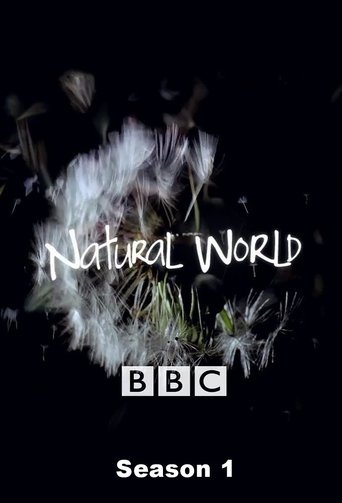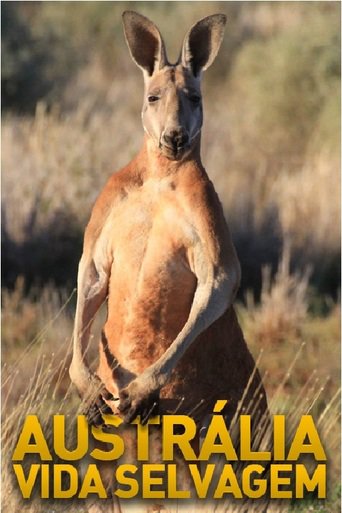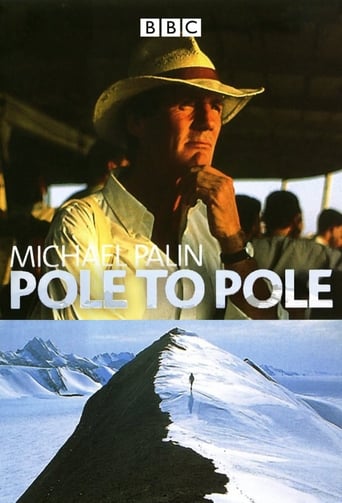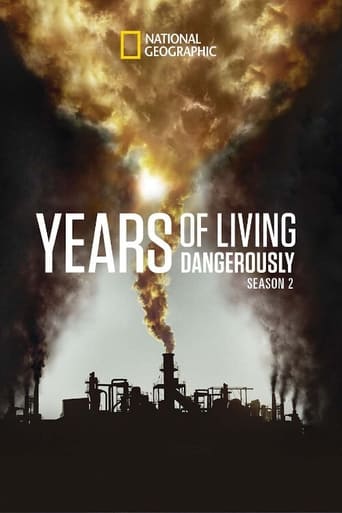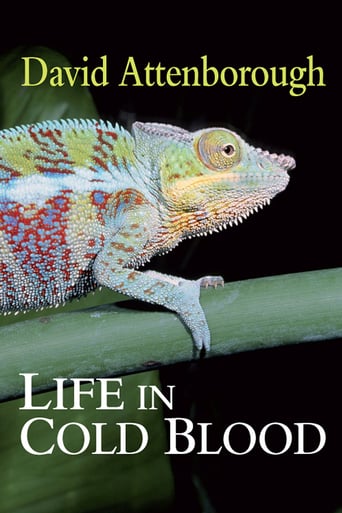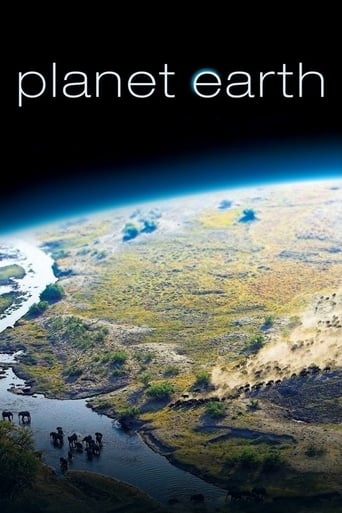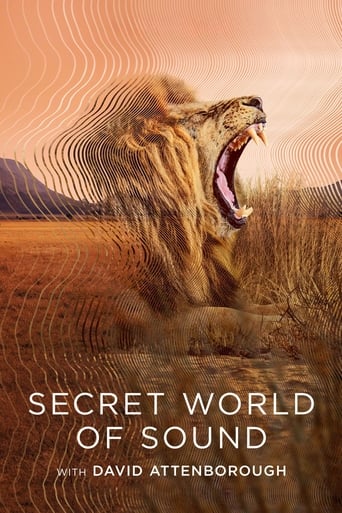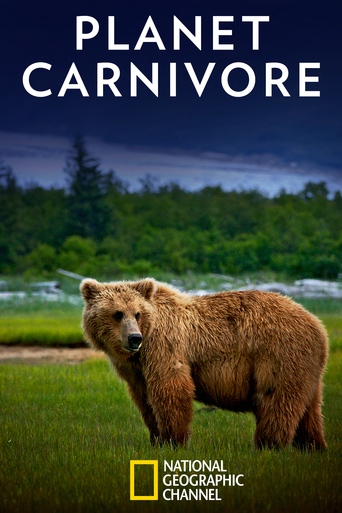Natural World Season 24
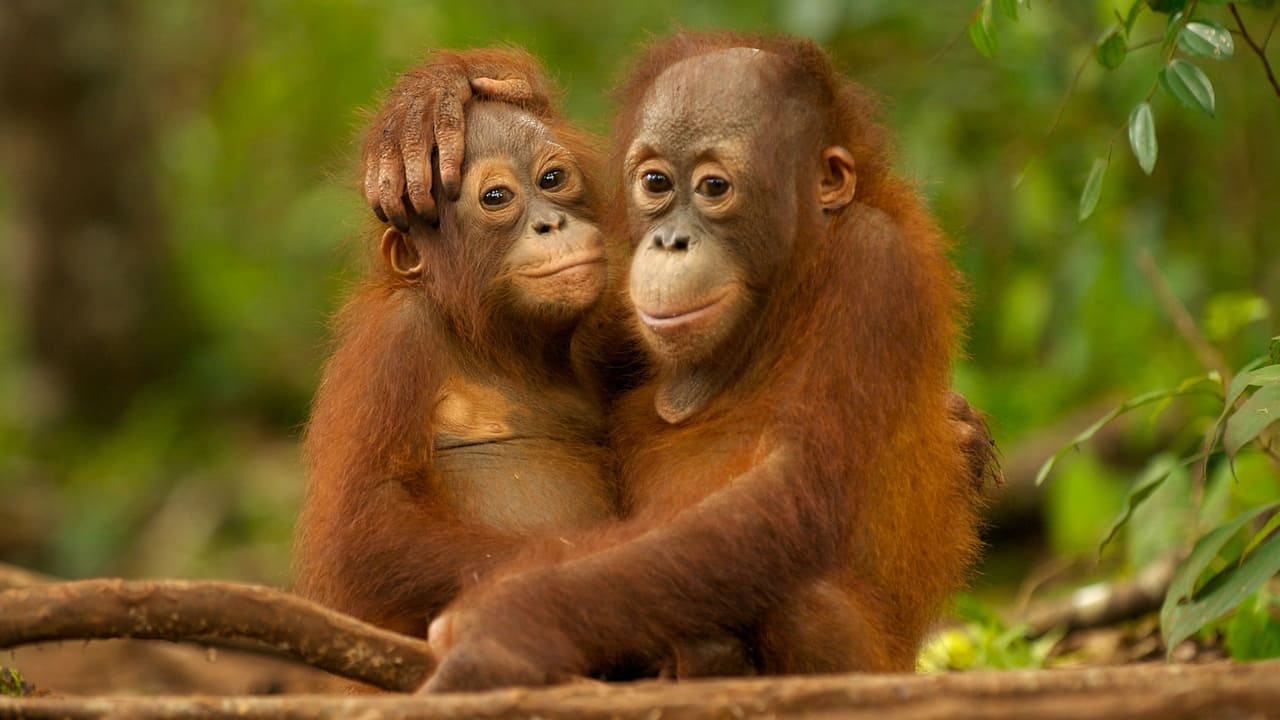
Natural World is a nature documentary television series broadcast annually on BBC Two and regarded by the BBC as its flagship natural history brand. It is currently the longest-running series in its genre on British television, with more than 400 episodes broadcast since its inception in 1983. Natural World is produced by the BBC Natural History Unit in Bristol, but individual programmes can be in-house productions, collaborative productions with other broadcasters or films made and distributed by independent production companies and purchased by the BBC. Natural World programmes are often broadcast as PBS Nature episodes in the USA. Since 2008, most Natural World programmes have been shot and broadcast in high definition.
Watch NowWith 30 Day Free Trial!
Natural World
1983 / TV-PG
Natural World is a nature documentary television series broadcast annually on BBC Two and regarded by the BBC as its flagship natural history brand. It is currently the longest-running series in its genre on British television, with more than 400 episodes broadcast since its inception in 1983. Natural World is produced by the BBC Natural History Unit in Bristol, but individual programmes can be in-house productions, collaborative productions with other broadcasters or films made and distributed by independent production companies and purchased by the BBC. Natural World programmes are often broadcast as PBS Nature episodes in the USA. Since 2008, most Natural World programmes have been shot and broadcast in high definition.
Watch Trailer
With 30 Day Free Trial!
Natural World Season 24 Full Episode Guide
In the heart of rural Japan lies Satoyama, a landscape of lakes and rivers home to an incredible variety of fish, water birds, snakes and dragonflies. This poetic documentary follows 83-year-old fisherman Sangoro Tanaka, who lives according to an ancient way of life that has much to teach the world about sustainable living. Narrated by David Attenborough.
Dr Frances White takes a journey back to the Democratic Republic of Congo to find out if the bonobo apes have survived the war that has overtaken their jungle home. The peace-loving animals offer an insight into the gentler side of human nature, but scientists fear they are heading for extinction
An insight into the origins of the iceberg that sank the Titanic. Created 15,000 years before the ill-fated ship, its development in the heart of the Greenland ice sheet is charted, from its dramatic birth through a 4,000-mile journey toward its date with destiny.
A black bear is seen raising her two cubs in Montana's Rocky Mountains. The forest appears to be an idyllic playground, but the mother has to teach the pair to fend for themselves if they are to survive the summer. They slowly learn how to find food, but must also be able to climb trees to avoid predators.
Big cat specialists Owen Newman and Amanda Barrett head for Brazil's Pantanal, the world's biggest wetland, to film jaguars in their natural habitat. Equipped with amphibious buggies, they venture deep into the wilderness, where the predators feast on caiman, peccaries, capybara and cattle. As the cameras begin to reveal their behaviour, the film-makers wonder who is stalking whom.
Documentary that looks at the world of the African driver ant, a sinister army of 20 million sisters. It thrives by ravaging the forest, killing every living thing it can pin down and slice up - a super-organism that dominates a parallel and often violent world where miniature monsters roam.
Documentary in which ex-politician Michael Portillo returns home to discover the wilder side of his Spanish heritage. On his journey from the Pyrenees to the Straits of Gibraltar, he finds a land of striking natural contrasts supporting more varied wildlife than anywhere else in Europe. Among the fauna he comes across are the Iberian lynx, brown bears, vultures, bee-eaters and killer whales.
Documentary charting the struggle for survival facing Antarctica's penguins. While some rely on thick down coats and fat reserves, others migrate north for the winter or stay on volcano-heated islands. However, the endearing animals' ability to defy the odds is about to be put to the ultimate test as the climate begins to change.
An insight into the remarkable wildlife in Australia, the hottest and driest continent on Earth - once a wet territory covered in lush rainforest. The animals' survival is attributed to their strangely adapted bodies, bizarre behaviour and sheer cunning. Red kangaroos are forced to keep on the move, while frogs lie dormant for seven years and koalas sleep 20 hours a day.
Britain's countryside is undergoing a revolution. For decades our farmland wildlife has been in serious decline - a depressing tale of hedges ripped out, marshes drained and fields saturated with chemicals. Now something remarkable is happening - wildlife is starting to recover, and across our countryside there's real optimism that we can combine wildlife with productive farms. Thanks to the dramatic rise of organic farming and a brand new system of subsidies, animals like lapwing, skylark, dormice and barn owls are making a comeback. In Devon horseshoe bats are benefiting from organic cow pats, in Yorkshire black grouse are thriving thanks to later hay making. Could our countryside one day return to its former wild glory?
Documentary about Ella, a two-year-old meerkat. She's just given birth to three pups, but their arrival brings her into conflict with her mother, the group's tyrannical leader. If evicted from the family she will be separated from her pups, and alone in the desert she'll almost certainly die.
With a ten-foot wingspan, the Andean Condor is nature's most accomplished glider, soaring unchallenged in the cold mountain air. This is the story of a British hang-gliding expedition that attempts to fly with condors in the Patagonia Andes. It's a perilous place to hang-glide, even for world champion glider Judy Leden.
Cuba is home to spectacular wildlife, from the bee hummingbird - the world's smallest bird - to crocodiles, swarms of purple land crabs, sea turtles and giant iguanas. Natural World reveals the beautiful natural paradise that is Cuba.
Raptor expert Roy Dennis investigates the remarkable comeback of the eagle owl. The fearsome predator is spreading rapidly across the continent and now looks set to invade Britain
Documentary following the work of Rom Whitaker as he organises the fight to save the threatened king cobra, the world's largest venomous snake, from extinction. Whitaker is attemping to set up the world's first king cobra sanctuary and breed baby cobras for release back into the jungle.
Ian Holm narrates the extraordinary story of the African sycamore fig tree and its symbiotic relationship with a tiny insect partner, the fig wasp. Neither could exist without the other, and in turn they support hundreds of other animals from ants to elephants. Each fig is a world in miniature, a stage for birth, sex and death as the tiny players battle against predators and parasites.
Wildlife documentary about the Hebridean island of Mull, home to the most spectacular wildlife of any stretch of our coastline - sea eagles, golden eagles, otters, seals, dolphins, whales and sharks. Cameraman Gordon Buchanan grew up on the island, but left to film wildlife all over the world. He now returns home, spending a year getting close to the island's wild inhabitants in this evocative film.
Documentary about Kusasi, the world's most famous orangutan. His rise to power was meteoric, from orphaned baby to 20 stone king of the swingers - the fearless ruler of the orangutans in the Camp Leakey sanctuary and in the wild jungles of Borneo beyond. Now 30- years-old, his power could be starting to wane, and his life takes a new direction with the arrival of a challenger for his throne.
Free Trial Channels
Seasons


